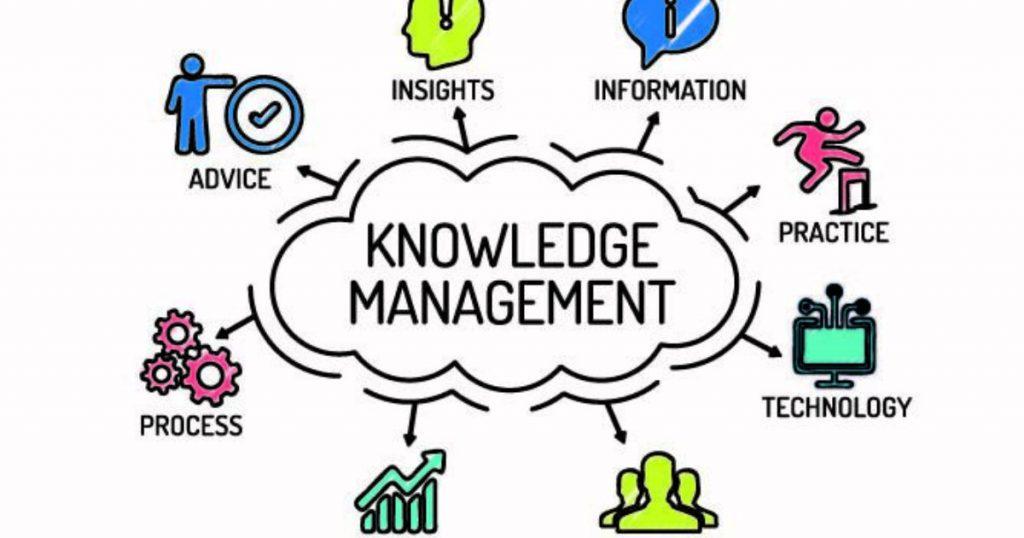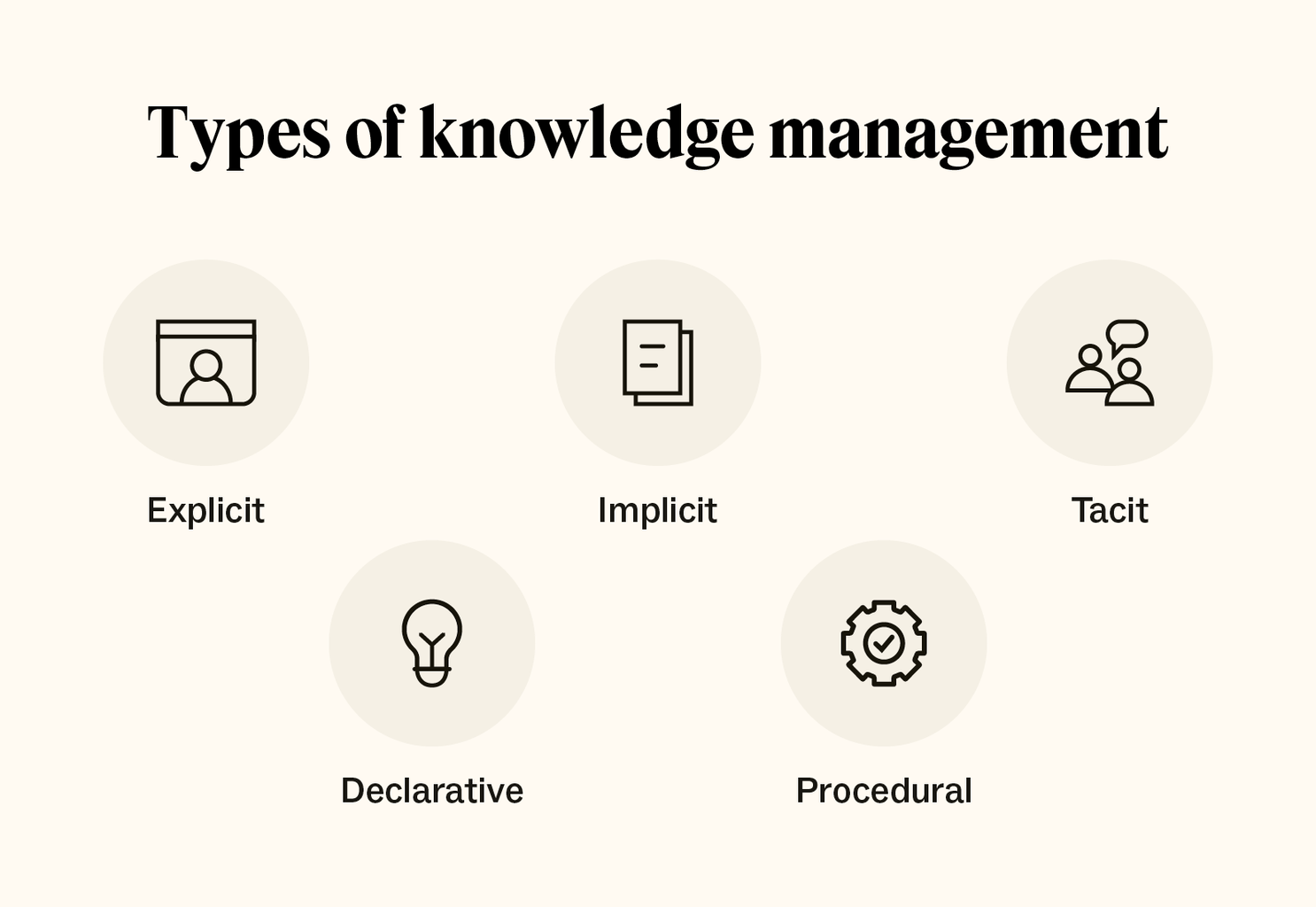![Knowledge Management: Importance, Benefits, Examples [2023]](https://lh7-us.googleusercontent.com/aG87GT3xd2Jh3HrOgXVJ1vffbmVYmCOpSAsnN4xpjmG7lRLx9HNbVS1AiojczU_MLv4aoiHNPlfLsTyjHWLxEUsGgqLpX5tRRH_p4I0zvlvuwPAeYV84-E1YRL8mJgdyPkBgWGyWkPvJ0GUPUQQmfA)
It is true that “knowledge is power.”
But what's the use if you are not able to manage it properly?
The success of your educational institution depends on how well you manage the collective knowledge.
For example, when students and educators easily find what they need, learning becomes more effective. But when they struggle, productivity suffers.
So, it is important to collect, manage, and effectively share knowledge within an educational institution.
Nowadays, the majority of educational institutions use knowledge management systems to make the process easier.
To know more about the topic, keep reading this blog post.
What is Knowledge Management?

Knowledge management involves gathering, arranging, assessing, and exchanging all the valuable information within an educational institute. This includes,
-
Documents
-
Databases
-
Rules
-
Experiences
The main aim is to help students and educators find the information they need and connect them with experts. By implementing effective knowledge management, educational institutions can improve learning experiences and overall efficiency.
Now, what is KM?
KM is nothing but short for “knowledge management.” It is a term you might hear a lot, especially in educational settings.
Sometimes, people get confused about what it means, but basically, it's all about making sure everyone has the right information to learn and teach effectively.
Importance of Knowledge Management

Here are some reasons why knowledge management is important:
-
Easy Access to Learning Materials
Knowledge management systems in education store diverse learning materials like textbooks, research papers, and online courses.
Digitization and organization make these resources easily accessible for educators and students. This promotes independent and personalized learning, ensuring efficient utilization of educational resources.
-
Encouragement of Collaboration
Collaboration among teachers, students, and stakeholders is crucial for an engaging learning environment. Knowledge management systems aid collaboration by offering platforms for sharing ideas and resources.
With features like discussion forums and collaborative document editing, users collaborate on academic projects and research. This cultivates teamwork, creativity, and peer learning within the educational community.
-
Access to Reliable Information
Educators and students access abundant information, yet not all is reliable. Knowledge management systems assist institutions in organizing credible resources like scholarly articles and research databases.
Employing techniques such as metadata tagging and peer review, these systems ensure information quality. Reliable information supports evidence-based learning, critical thinking, and academic integrity among users.
Good communication is crucial for strong relationships and community in educational institutions. Knowledge management systems improve communication by offering centralized platforms for sharing announcements and policies.
With features like email integration and discussion boards, users can communicate seamlessly. This fosters transparency, collaboration, and engagement across the educational community.
-
Enhanced Training Methods
Continuous professional development is important for teachers to improve their teaching skills and adapt to educational advancements. Knowledge management systems aid this by providing access to online courses and resources.
With features like learning management systems and virtual classrooms, educators can engage in self-paced learning and collaborative training activities. By facilitating training, these systems empower educators to deliver high-quality instruction and meet diverse student needs.
What is a Knowledge Management System?
A knowledge management system in the context of educational institutions is designed to help gather, store, and access information effectively to support teaching and learning activities.
It includes various tools and methods to identify, create, organize, and share information for educational purposes.
Software that supports these activities in managing information can be broadly referred to as information management software. Within this category, software that focuses on transforming managed information into valuable knowledge is often labeled as knowledge management software.
Types of Knowledge Management System

Here are some ways organizations manage their knowledge:
Content Management Systems (CMS)
CMS platforms help in managing and sharing educational content such as lesson plans, assignments, and multimedia materials.
Learning Management Systems (LMS)
LMS platforms are used to deliver educational content, manage courses, and track student progress.
Wikis
Tools like wikis and forums facilitate collaboration among students and educators, enabling them to share knowledge and work together on projects.
Online Libraries and Repositories
These platforms provide access to a wide range of digital resources such as e-books, articles, and research papers for students and educators.
Intranets
An intranet is like a private internet for an institution. It's a hub for sharing university-wide information, making announcements, and collaborating on projects. It's especially helpful for online education.
Wrapping Up
That's all you need to know about knowledge management in educational institutions. Implementing a knowledge management system can greatly benefit your institution by improving learning experiences, making collaboration easier, and promoting continuous improvement.
 icons at the top right corner of the subsection.
icons at the top right corner of the subsection.